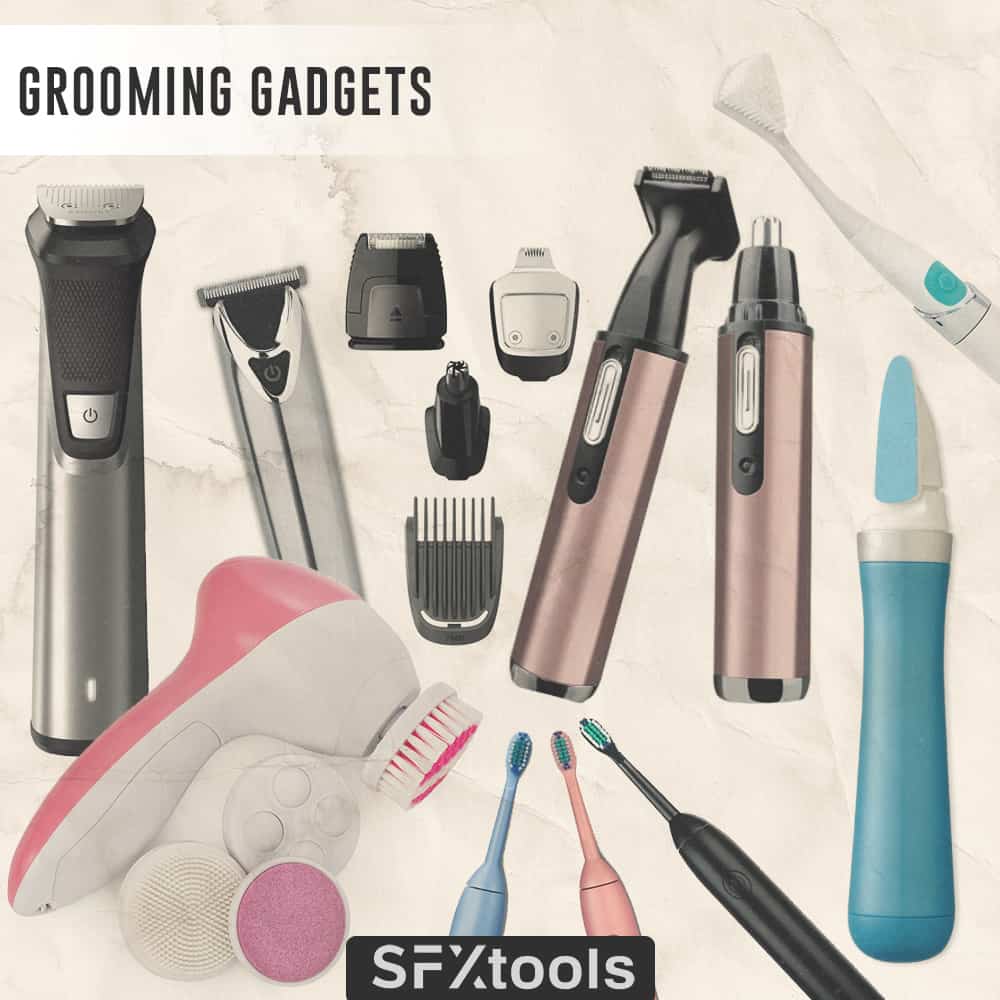DAWN CHORUS – A must Look and Listen to for Sound Designer
In the exceptional situation of the “Corona-Spring 2020”, a new international citizen science project invites us to record and share the sounds of the Dawn Chorus.
Join the worldwide dawn chorus for the sciences and the arts. The Corona pandemic has caused a severe global crisis. The dramatic silencing of human activities that it has caused is also making the voices of nature resound on an unprecedented scale. In this unique situation in the spring of 2020, the idea was born to make the birds’ voices heard. Your local recordings for the DAWN CHORUS will be mapped worldwide.
The collected recordings of the dawn chorus can provide valuable information about the diversity of species, the behavior of the birds, as well as the effects of climate change and habitat loss on the populations. Last but not least, they reveal a lot about the effects of the noise of human civilization on the life of the birds.
Under the circumstances of this memorable spring of 2020, the idea for this Citizen Science project was born – inspired by the work of the American musician, bio-acoustician and artist Bernie Krause, the founding father of soundscaping.
In cooperation with many figures from science, culture and the digital world, and now emerging on the initiative of BIOTOPIA and the Nantesbuch Foundation, a new Citizen Science platform has been developed which will invite people to contribute Dawn Chorus recordings from May 1until May 22 2020 (International Day of Biological Diversity).
The platform www.dawn-chorus.org aims to survey the dawn chorus of birds worldwide, to encourage people to take an interest in protecting their local biodiversity, and to make this data usable for science in understanding, for example, the impact of climate change and other factors on bird biodiversity. In cooperation with artists, further dimensions of processing and communicating the results will be explored.










